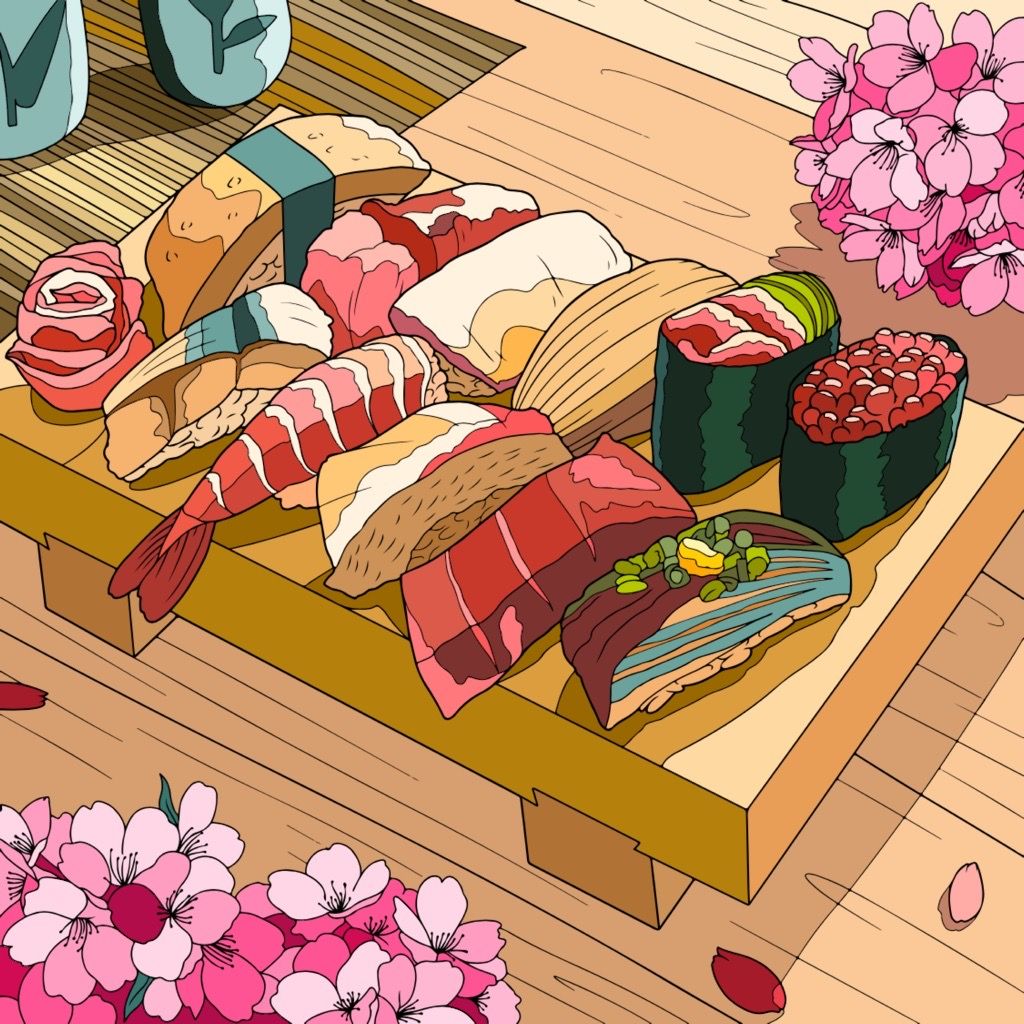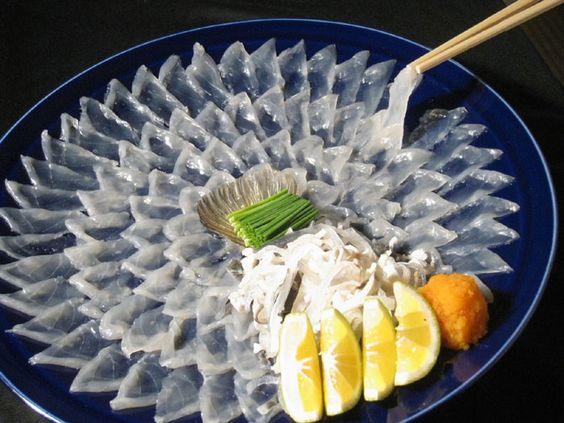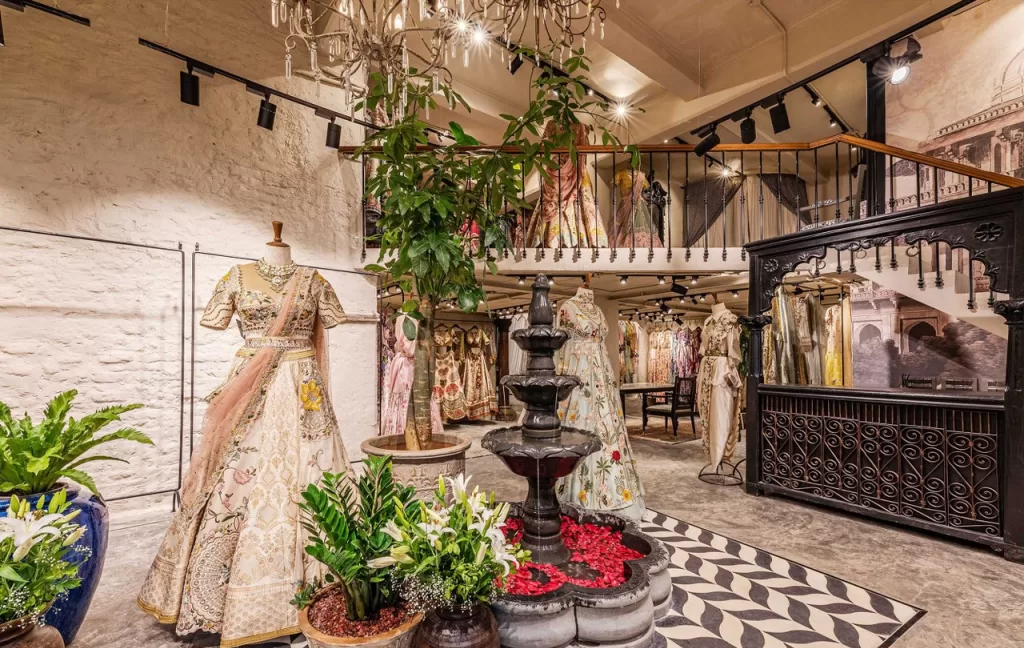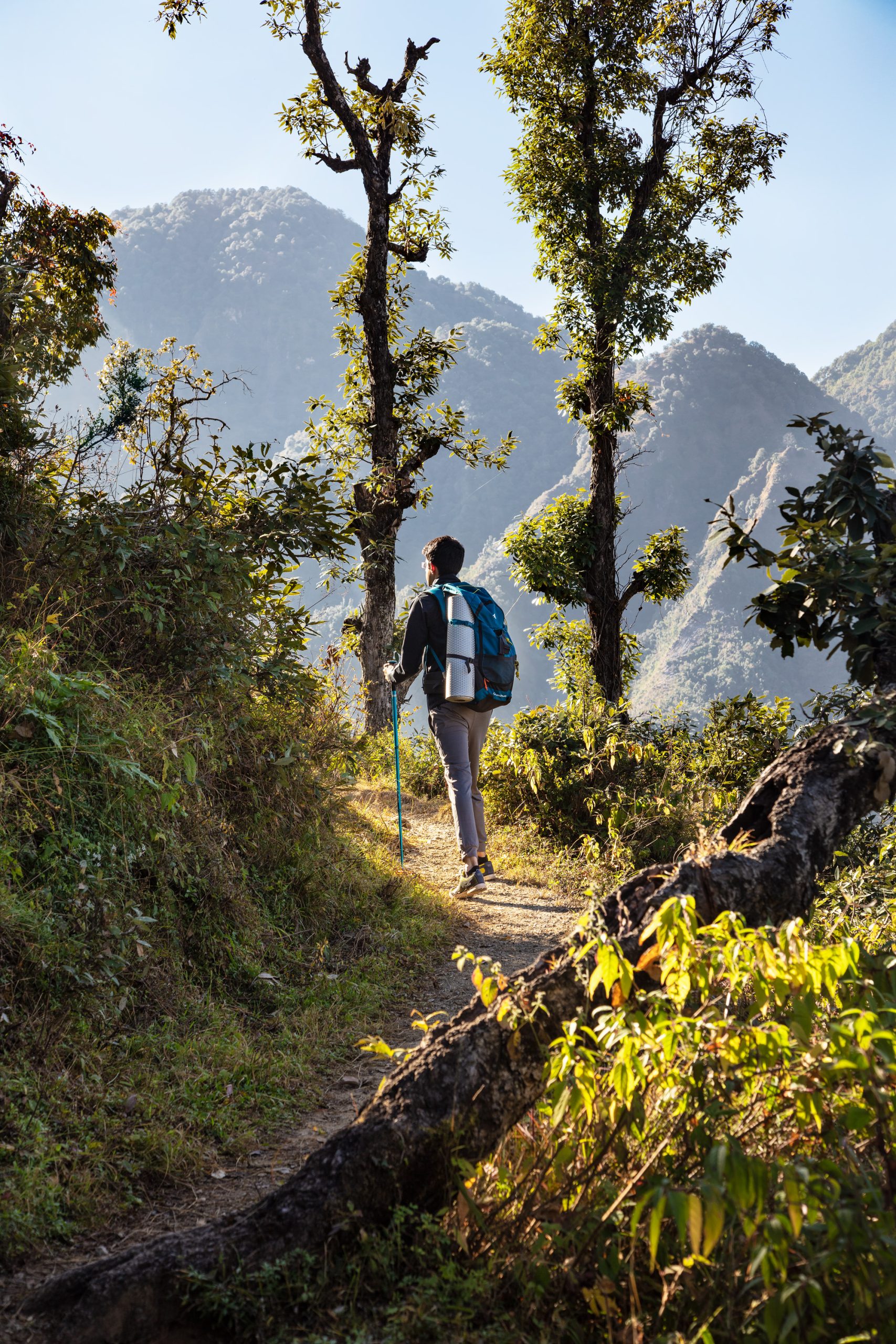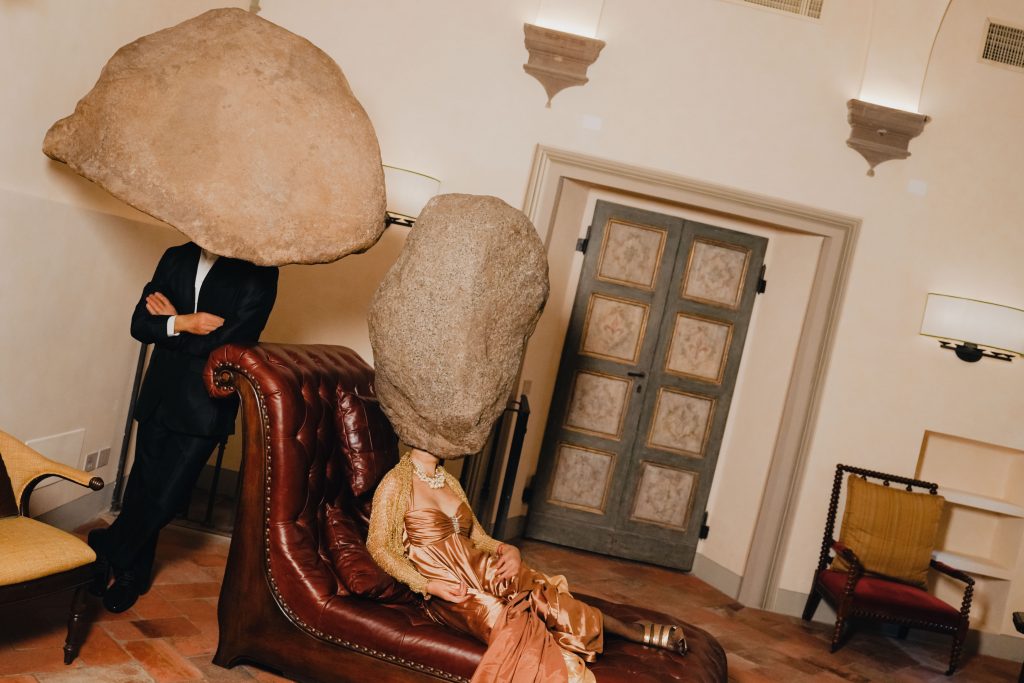We catch up with acclaimed Japanese chef, Chef Yonaha as he talks about the culinary trail that led him from Okinawa to namma Bengaluru’s Pan Asian fine dining restaurant at The Four Seasons, Far & East.
Many regular diners prefer to leave their choices to Chef Atsushi Yonaha’s discretion. And with good reason.
Presiding over the kitchen at Far and East, the Pan Asian fine dine restaurant at The Four Seasons, Bengaluru, Chef Yonaha himself is a fan of the Omakase style of Japanese dining. Omakase literally means, “I leave the details to you” — and he certainly enjoys taking the guesswork out of the ordering and surprising his diners with his playful, bold flavours and textures while showcasing the occasional unheard-of-dish from his childhood.
(L-R) Chef Yonaha at work in the Far & East kitchen; Maki Rolls at Far & East
Growing up in Okinawa, a province in Japan famed for the longevity of life if its population, Yonaha’s cooking philosophy is very simple. “Cooking goes beyond quality ingredients and umami tastes. It’s the ultimate satisfaction when one interacts with guests at the sushi bar while making them their favourites, bringing a smile on their face with food and emotions. I also love making sashimi more than eating it. Why? Because it’s a simple, yet complex dish. The slicing technique is key and it is really hard to get it right,” he begins, even confessing to a weird fondness for Chicken Sashimi — not something you would find on your average Japanese Menu!
Armed with his indispensable cooking tools, his Yanagiba Knife (Sushi Knife), Makisu (Sushi rolling bamboo mat), Oroshigane (Shark Skin grater for fresh wasabi) and his trusty bottle of Kikkoman Soy sauce — which he also personalises for his regulars — he is a joy to watch as he expertly slices, dices, and stirs his way through the menu of the day.
And like most chefs, his mother first taught him cooking.
“The first dish I ever made was a Tamagoyaki (Japanese style omelette). My love for food started very early, from my school days, thanks to my favourite show back then, Iron Chef. It was a televised cooking show, featuring guest chefs from around the world challenging one of the show’s resident Japanese chefs to an intense cooking battle built around a specific theme ingredient. I had always watched this show with a sense of pride, rooting strongly for the resident chefs. This inspired me to start experimenting with locally available ingredients and then, to travel the world and share a sense of Japanese food,” he explains.
Poster of the original Japanese cooking show, Iron Chef
Though he has travelled rather extensively and is epicurious about world cuisine, Italian food strangely mystifies him. He says, “I love Italian cuisine, but I feel I have not explored it properly beyond basic pizzas and pastas. I want to travel to Italy and really experience authentic Italian cuisine someday.”
Comfort food for Chef Yonaha is quite naturally Okinawan, known for its simple, fresh ingredients like the mineral rich Mozuku (Seaweed). In India, it’s steamed rice with Miso soup and grilled salmon, quite simply because it takes just 15 minutes to prepare. But when in Japan, it’s Tamago kae Gohan, a quick mix of steamed rice, Japanese raw egg and soy sauce, made in under five minutes. “I’m not a fussy eater but I do avoid ingredients that are artificially processed or processed with chemicals. I’m a bit of a stickler for using fresh and natural ingredients,” he adds.
As a fine-dining chef, one of his most memorable dining experiences happened by chance in the Maldives. “One of the chefs, who since became a very close friend, invited me to his home for dinner and served me Dhon Riha (a Maldivian tuna curry), his mother’s recipe, prepared by him. It was delightful!”
Being in India for a while, he enjoys pushing the boundaries with vegetarian food, “I would love to serve special guests a veg kaiseki (Shojin Ryori). Shojin Ryori is Japanese Buddhist cuisine centred around soybean-based foods like tofu along with seasonal vegetables and wild mountain plants, which are believed to bring balance and alignment to the body, mind, and spirit. It is a part of Japan’s elegant haute cuisine — kaiseki.”
As for culinary challenges, nothing beats tackling the notorious death-defying Fugu Fish, which culinary thrill seekers like to brag about. “Fugu is a poisonous fish. Only chefs who have qualified after three or more years of rigorous training are allowed to prepare the fish. Try cooking it without proper training, you could die!” he says, adding that cross cultural cooking is something he like to experiment with on occasion — like Hotate Kulambu. “Kuḻambu, is a tamarind-based curry in Tamil cuisine. Seafood being my favourite, I took a different approach to using scallops (hotate) in a Kulambu curry,” he says.
(L-R) A potentially deadly dish, Fugu Sashimi, a challenge Chef Yonaha takes on; One of his go-to meals, Tamago Kae Gohan, illustrated.
The language barrier has been one of his biggest challenges — one that he has overcome with grit and persistence. “I always wanted to travel and work abroad. When I first moved from Japan to Dubai, communication in my workplace was tough, as I didn’t even know how to greet people in English. I had always believed in the power of good communication and the way it contributes to smooth teamwork. With the patience and support of my teammates, I started learning English online. It took me two to three years to learn the language. However, I still have a long way to go,” he smiles.
Words by Jackie Pinto.
F
